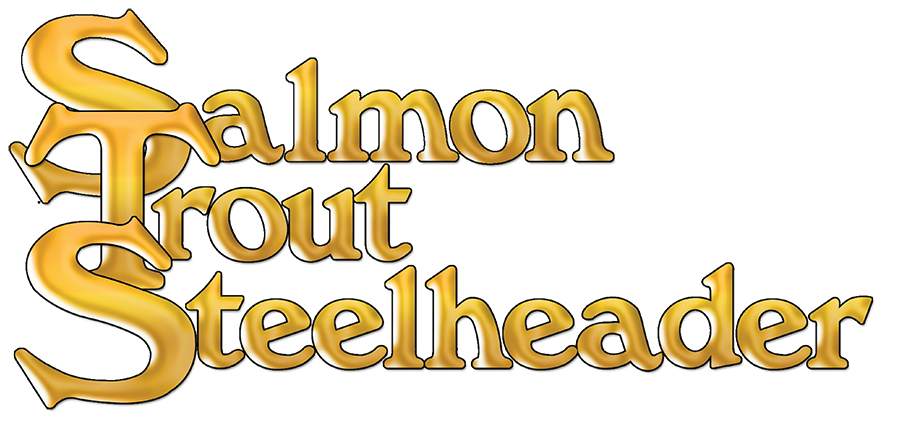As I write this, I am sitting on a cramped seat of a jet on my way to Togiak, Alaska…to, you guessed it, fish! Fishing has become such a large part of my life in the last few years that it’s not a surprise location.

The start of something great—fish and horsetail fertilizer that Sharon began fermenting last February.
Writing, fishing, foraging, parenting, and gardening take up the bulk of my time both personally and professionally. For anyone who lives an outdoor lifestyle such as mine, you might say that it shapes your mindset. Although I was raised around the outdoors, it has only been recently, after studying Native American philosophy, and developing my mindset further as a conserver of nature, that I have begun to think of ways to make fishing about more than just catching (and even eating) fish. In this article, I want to share with you how I use all parts of each fish I catch—to make garden fertilizer—and what wild plants you can add to the mix, for ultimate plant growth!
For anyone who knows anything about my work, I am an advocate for herbal healing and incorporating holistic practices into my health routine. As a writer and certified somatic practitioner, I want to know the why behind everything so that I can glean the most benefit, and ultimately educate others. Horsetail (Equisetum arvense) is a plant I have used for hair health for a while now. It helps hair, skin, and nails absorb collagen, making it a natural cure for things like hair loss or brittle nails. It should come as no surprise, then, that it offers several benefits for plants as well.

Horsetail shoots in spring—probably a plant that many have seen, but not everyone knows how to use—in conjunction with fish—to make a powerful, organic garden food!
When horsetail is combined with steelhead or salmon remains to make fish fertilizer, it enhances the mix with a powerful dose of bioavailable silica (the same stuff that helps hair, skin, and nails use collagen). This mineral plays a key role in strengthening plant cell walls, which can increase resistance to fungal infections, pests, and environmental stress. Silica also supports more robust root systems and sturdier stems, making plants less prone to lodging or collapse. The combination of fish nutrients and horsetail’s mineral profile creates a balanced, health-promoting tonic that supports not just growth, but overall plant resilience and longevity.
So how do you make fish fertilizer? Start by setting aside a fish carcass (yeah, you have to be lucky enough to catch a fish first, but I’m assuming that’s no problem if you are reading this magazine). Any salmon or steelhead carcass should be fine. You can use the bones and all. Place it into a plastic or wooden bucket. Pour a drizzle of molasses in to help kickstart the fermentation process. Next, add several horsetail plants (four or five is fine). You can leave them whole or break them to up help them release their nutrients. Young shoots are ideal, but since the season we are heading into is late fall, using older plants will still be okay. Simply cover the mixture with water now and then put a lid on it so that flies or bigger critters don’t get in. Set it aside it for several weeks or up to about five months so that it can ferment.

Sharon filleting sockeye during her recent trip to Togiak Lodge in Alaska—a definite must visit destination and one she talks about in her feature article that you won’t want to miss in an upcoming issue of Fish Alaska.
By late winter or early spring, the mixture will be microbially rich, nutrient-dense, and ready for soil application. Once the ground has thawed and can be worked, dilute the fertilizer (typically 3-4 tablespoons per gallon of water) and apply it directly to garden beds 2 to 4 weeks before planting. You can pour it around dormant perennials, fruit trees, or mix it into the top few inches of soil in vegetable beds. This early amendment boosts soil fertility, feeds beneficial microbes, and ensures nutrients are available when roots begin actively growing, laying a strong foundation for spring planting. You can of course apply this again directly to the base of plants when you do your spring planting and as the garden matures in early summer. You can also continue to add to your fertilizer as you catch more fish and harvest more plants, much as you would a live sourdough starter.

Garden grown goodness—proof that steelhead fertilizer actually works!
If you enjoy gardening, knowing that you are helping your soil, respecting the spirit of each fish you harvested, and growing better vegetable gardens should be a positive incentive to try this. More than that, though, I hope to encourage all of you to think outside the box when it comes to conservation. I want to inspire you to find ways to give back, use all parts of the animal or fish you are harvesting, and in doing so, create a mindset based on abundance and reciprocity. It is my hope that you will be able to connect just a little more with nature through doing practices like this and also be inspired to care for our planet. If this story has inspired you, I invite you to check out my new book, Eat Off the Land: A Wild Foraging and Survival Cookbook Featuring Mushrooms, Plants, Fish, and Game from the Pacific Northwest and Beyond. In this book I focus on teaching you how to identify, harvest, prepare, and eat all the wild abundance Purchase your own copy of Sharon’s new book at: that the Pacific Northwest offers. As always, I invite you to connect if this resonated.
You can purchase your own copy of Sharon’s new book at: https://www.sharontrammell.com/eatofftheland
Happy Fishing,
—S



1 comment
Great article.